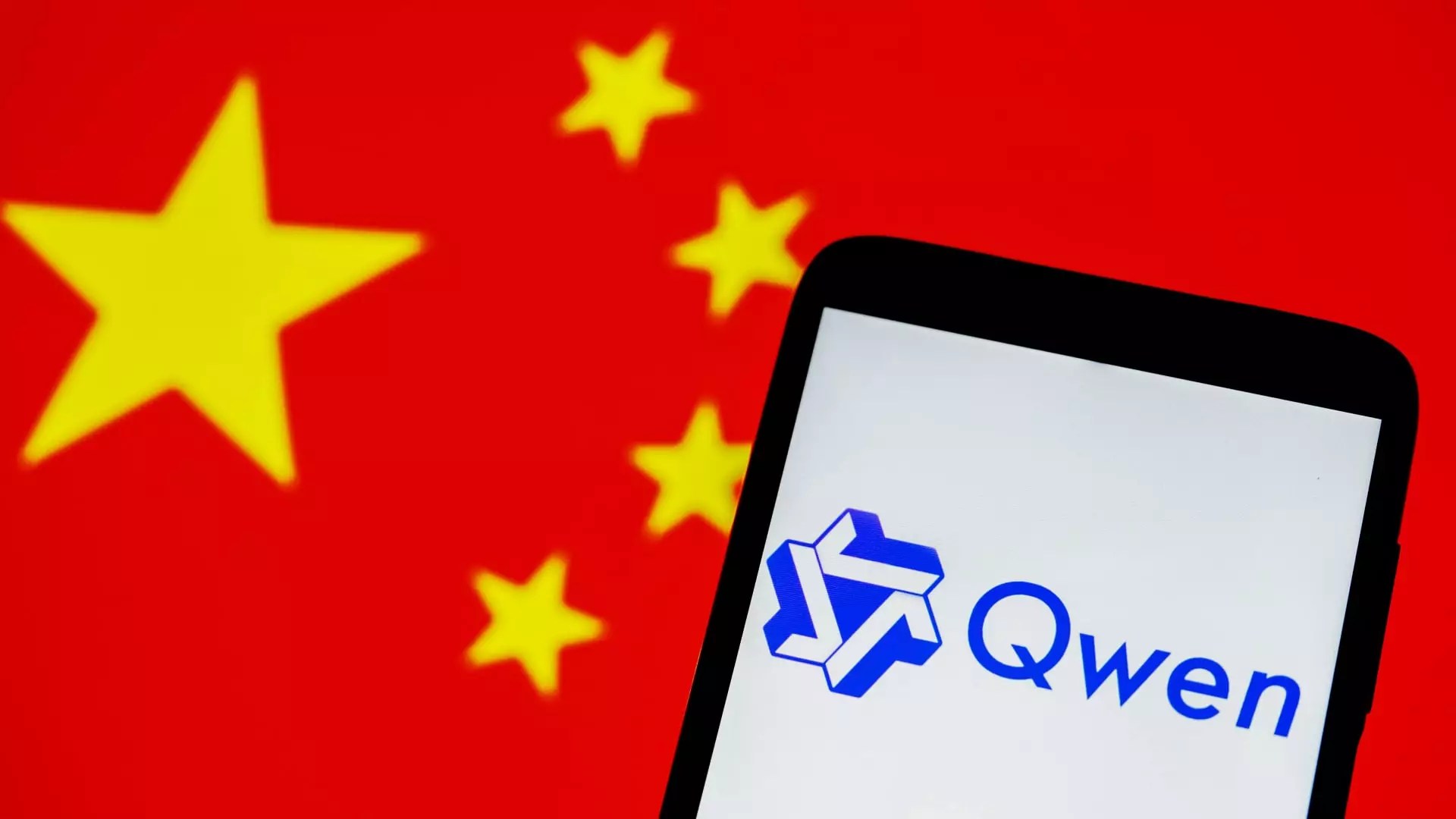Recent advancements in technology often draw attention, but the unveiling of Alibaba’s Qwen3 is especially noteworthy in the rapidly evolving open-source artificial intelligence landscape. China has firmly established itself as a formidable player in the AI sector, with Qwen3 embodying this ambition. Unlike its predecessors, this latest generation of language models transcends the limitations typical of conventional AI, introducing a hybrid reasoning capability that signals a transformative approach to machine intelligence. By straddling the line between basic language processing and complex reasoning, Qwen3 paints a picture of AI that is more adaptable and capable of multitasking than ever.
The implications of this leap are profound for developers. With eight variations tailored to different requirements, Qwen3 supplies flexibility critical for app creators focusing on edge devices, such as smartphones. This adaptability positions Qwen3 as a rival not just to domestic competitors but also to industry giants in the West, providing a unique challenge that could redefine expectations regarding where innovation can originate. For too long, companies like OpenAI and Google have dominated discussions around leading AI models; Alibaba’s continued advancements might just rewrite that narrative.
A New Era of Hybrid Reasoning
What truly sets Qwen3 apart is its embrace of hybrid reasoning models—an approach that allows it to toggle between “thinking” for complex tasks and “non-thinking” for more straightforward responses. Many critics may question the implications of such a model, especially regarding accuracy and the chasms that still exist in AI understanding. Yet, the potential benefits of rapid, responsive interactions cannot be overstated.
Consider the commercial applications: a business leveraging Qwen3 can process inquiries with the swift efficiency of a search engine while maintaining the depth of cognitive reasoning necessary for composing a marketing strategy or even finalizing code. This dual capability offers a productivity boost that could resonate through entire industries. As the landscape evolves, being at the forefront of this technology may not merely be advantageous; it could decide future success or failure for many enterprises.
The Cost Factor: Accessibility and Competitive Edge
Equally compelling are the economic implications of Qwen3’s deployment. Alibaba asserts that the Qwen3-235B-A22B MoE model allows for lowered operational costs compared to its competition. Given that economic access has often stifled innovation, making high-tech AI accessible to a broader range of users can spark an explosion of creativity and experimentation. The fact that Qwen3 is openly available on platforms such as GitHub and Hugging Face enhances its potential to foster a collaborative ecosystem.
This move will likely lead to a proliferation of derivative models, further enriching the AI landscape. In many respects, Alibaba’s strategy reflects an understanding that the open-source model promotes a cycle of innovation that can dramatically outpace proprietary technologies. Instead of hiding breakthroughs behind corporate walls, enabling widespread access could usher in an era of communal intelligence that every player can benefit from.
Global Implications and Competitive Tension
The rapid adoption rate of Qwen3, reportedly with over 300 million downloads to its name, puts it on a level playing field with some of the most formidable AI competitors worldwide. Amid rising geopolitical tensions, the emergence of competitive innovation from Chinese firms—especially Alibaba—stirs apprehensions in Western markets. As analysts point out, this is not merely about technology; it’s about national pride and technological supremacy. The more successful Alibaba becomes, the more it challenges the prevailing narrative that Western companies are the uncontested leaders in AI development.
While the performance claims surrounding Qwen3 are impressive—positioned as being among the best in open-source AI—it’s essential to scrutinize how it benchmarks against innovations from the likes of OpenAI. Although Alibaba may not have yet surpassed the cutting-edge quality attributed to models like OpenAI’s latest iterations, the potential for disruption remains ever-present. China is no longer a mere reactor in the global tech arena; it is crafting its powerful narrative.
As this discourse unfolds, the global repercussions of Qwen3 and its subsequent iterations beckon a complex interplay of innovation, competition, and collaboration that could very well shape the future landscape of artificial intelligence. The stakes are high, and an invigorated AI battleground awaits both developers and businesses to explore new frontiers.


Leave a Reply